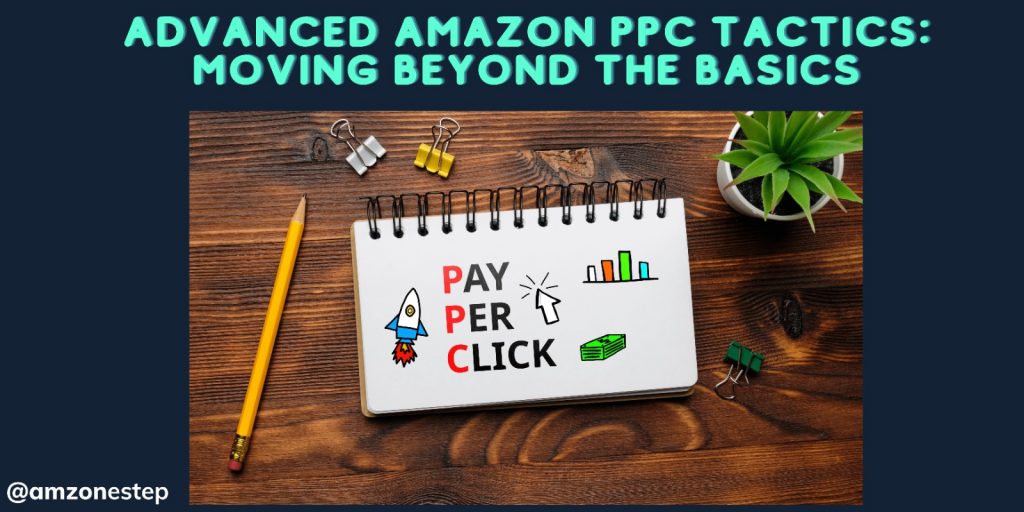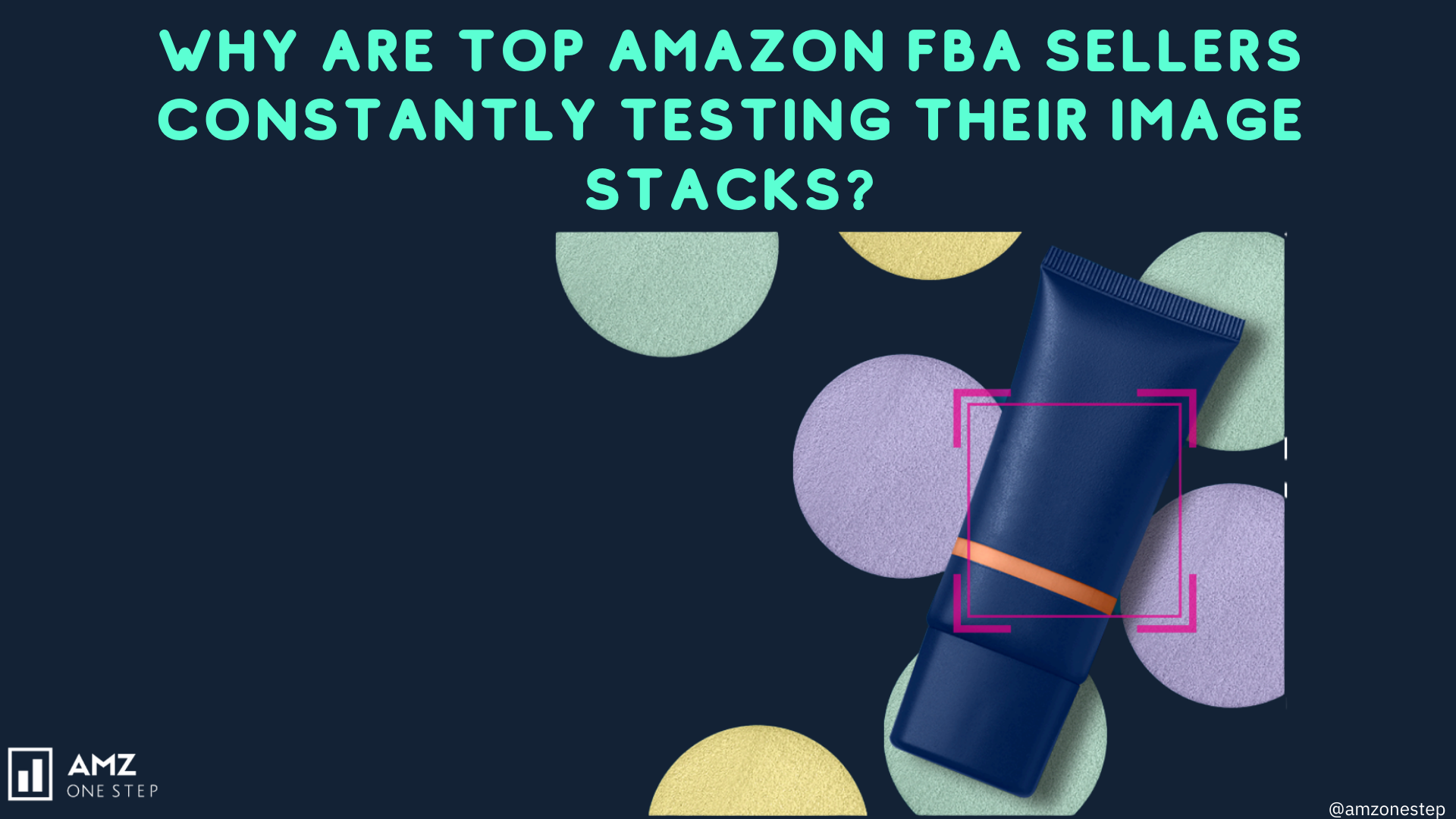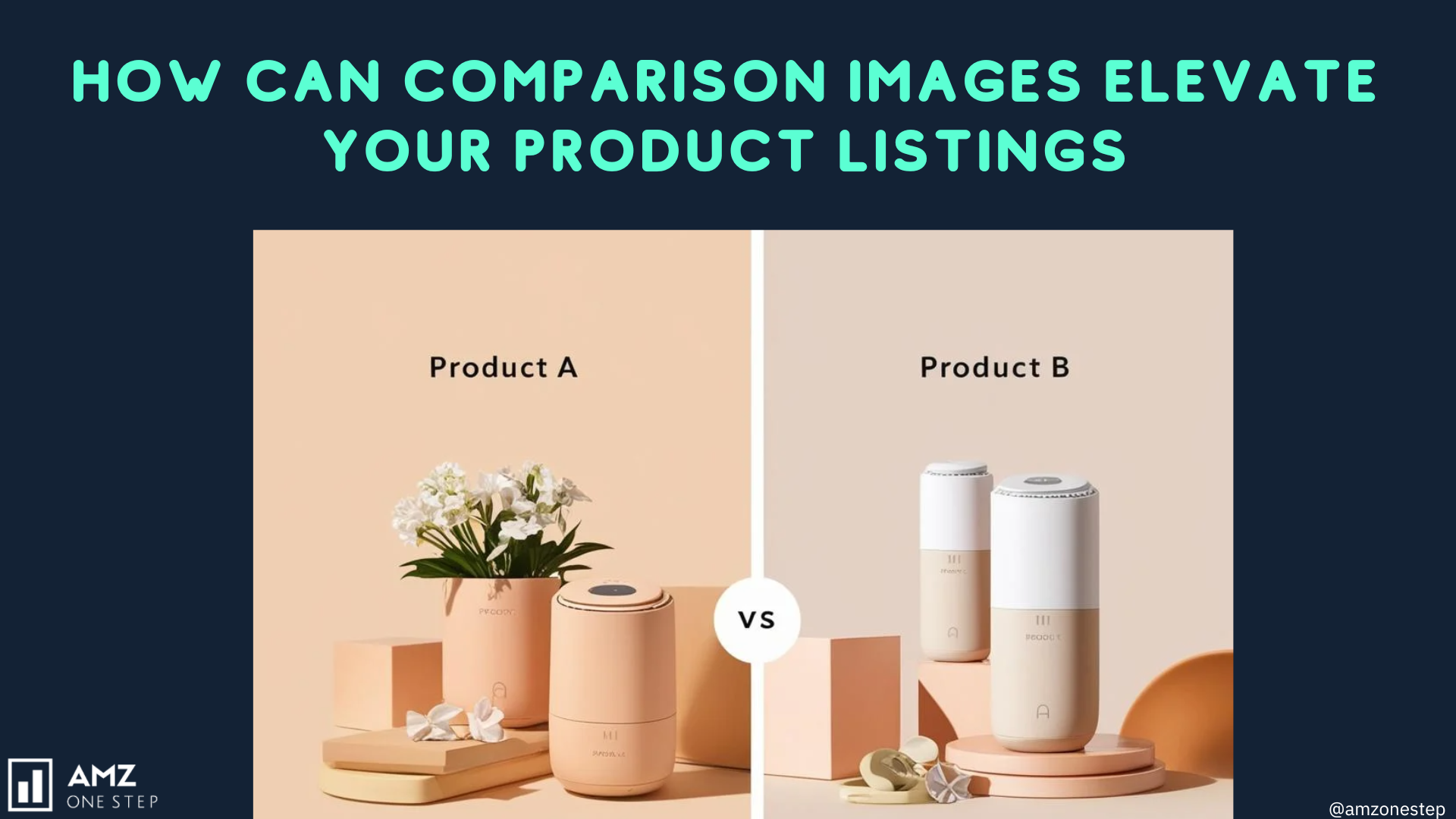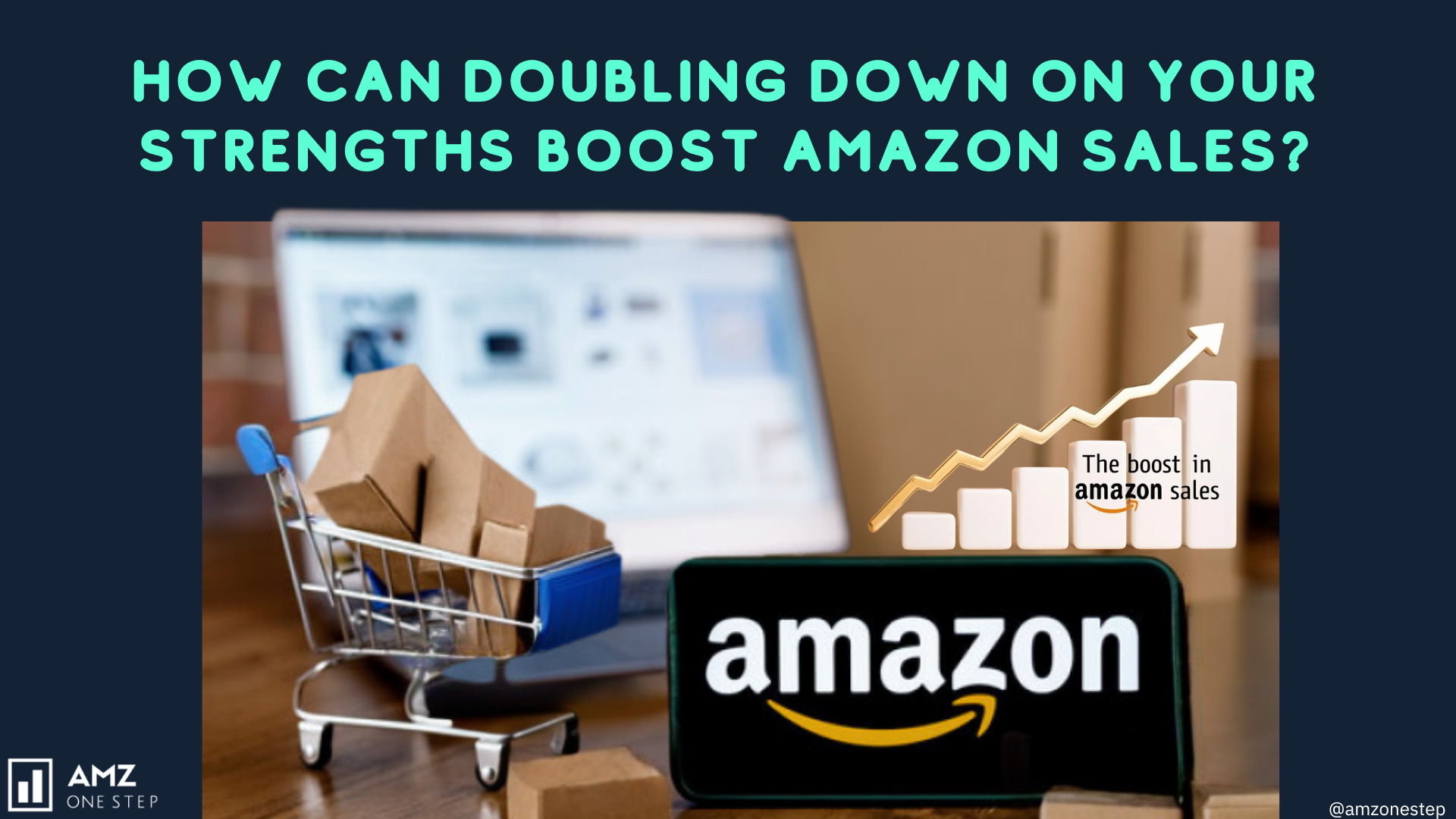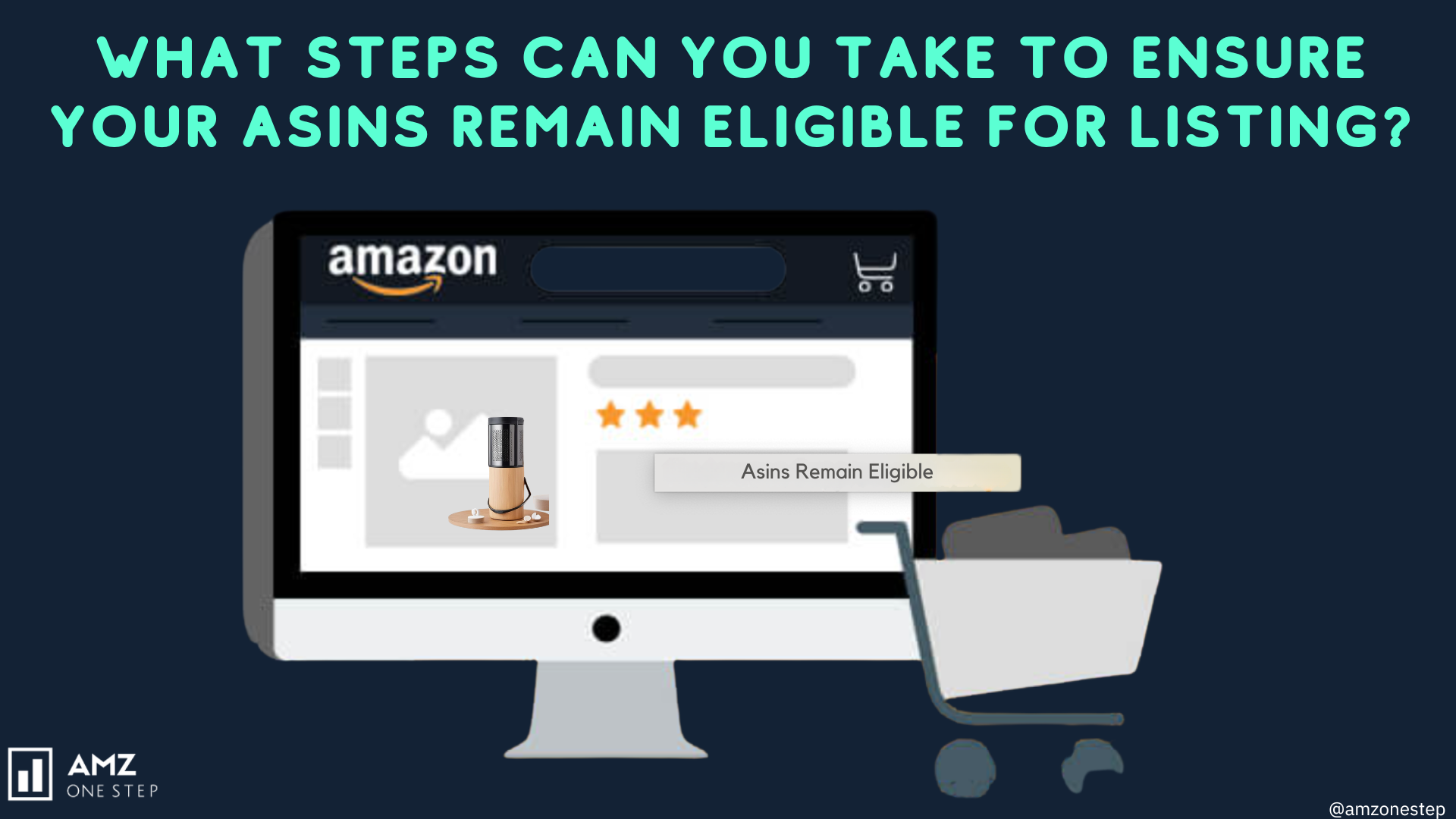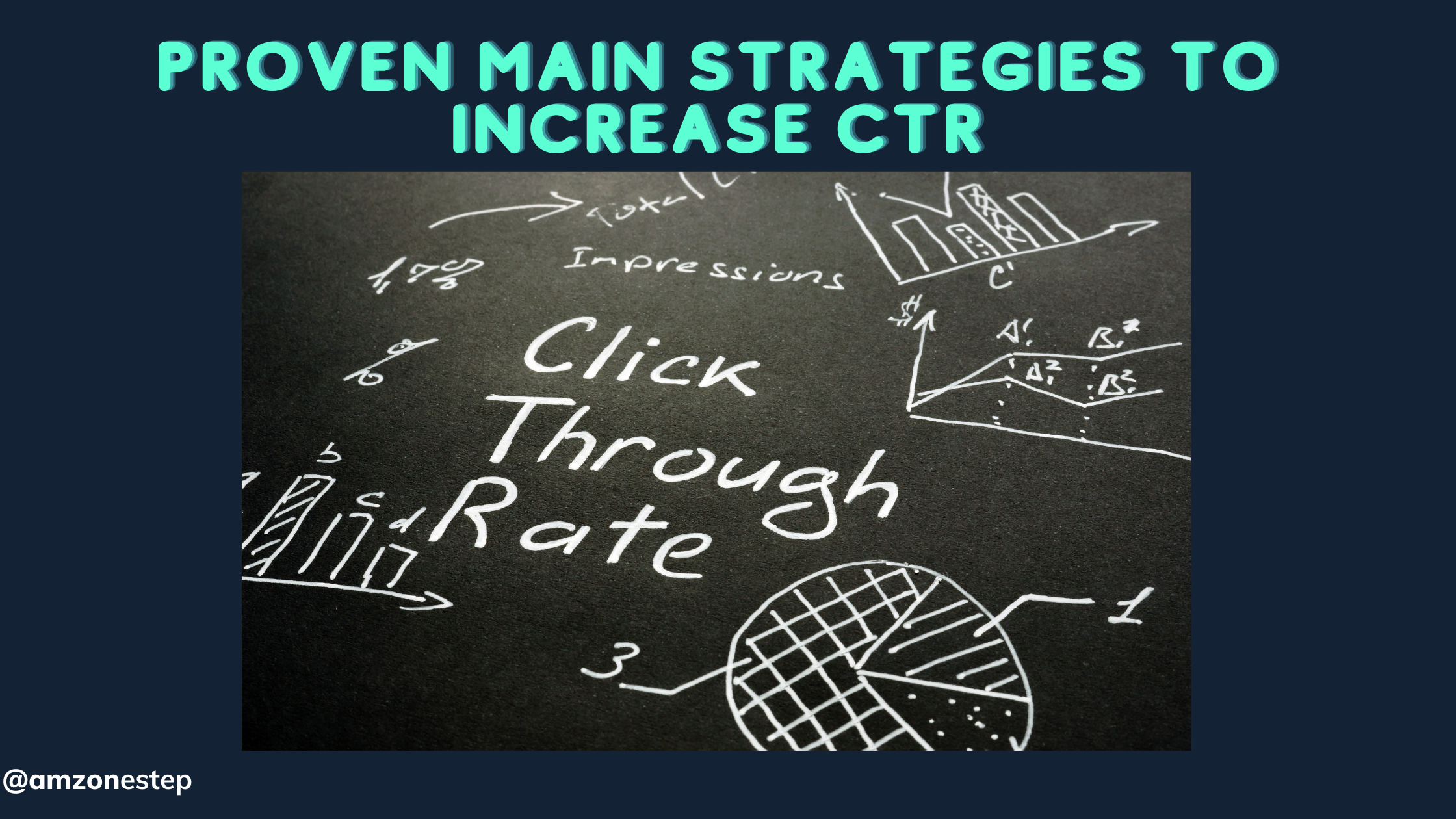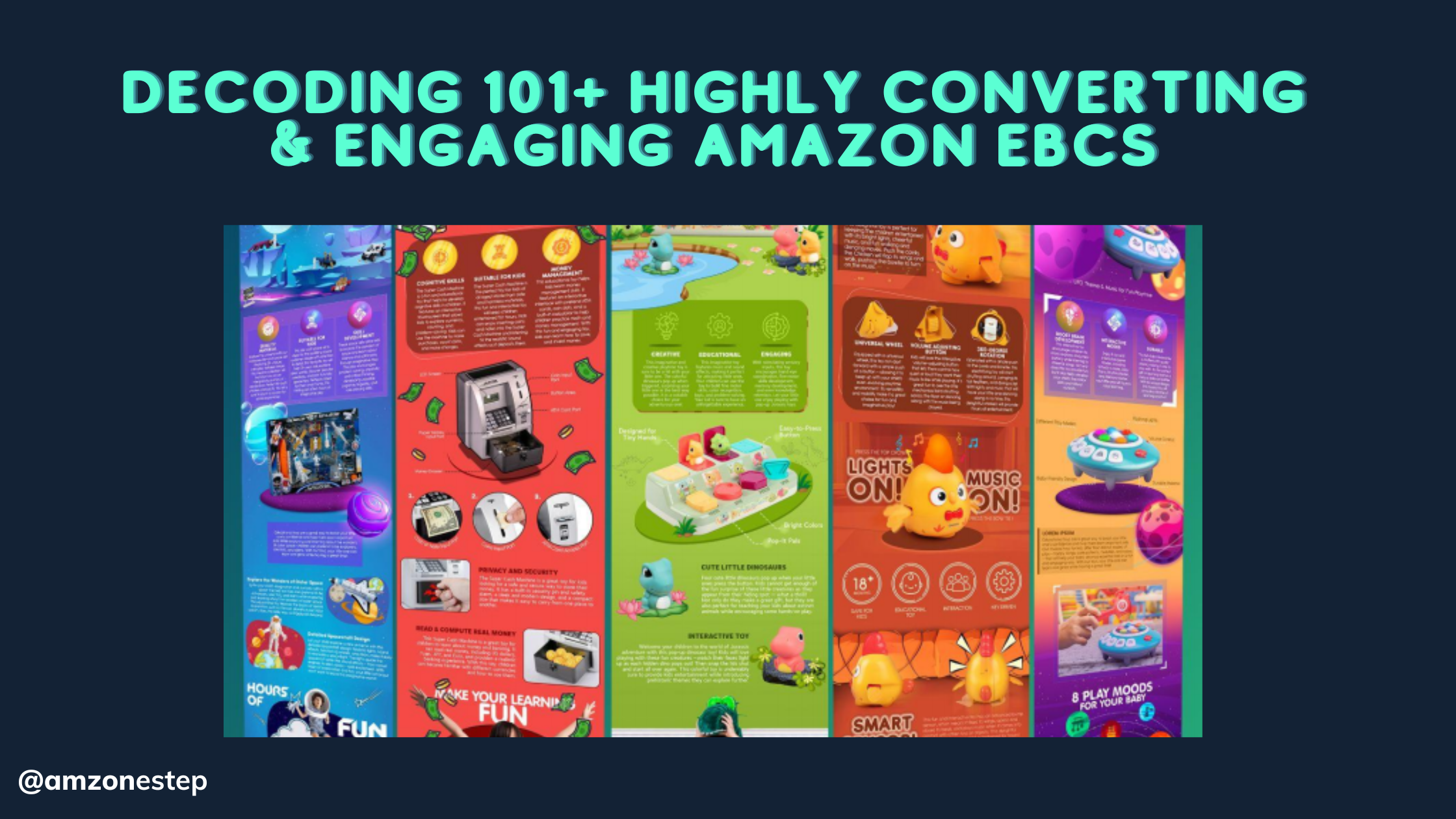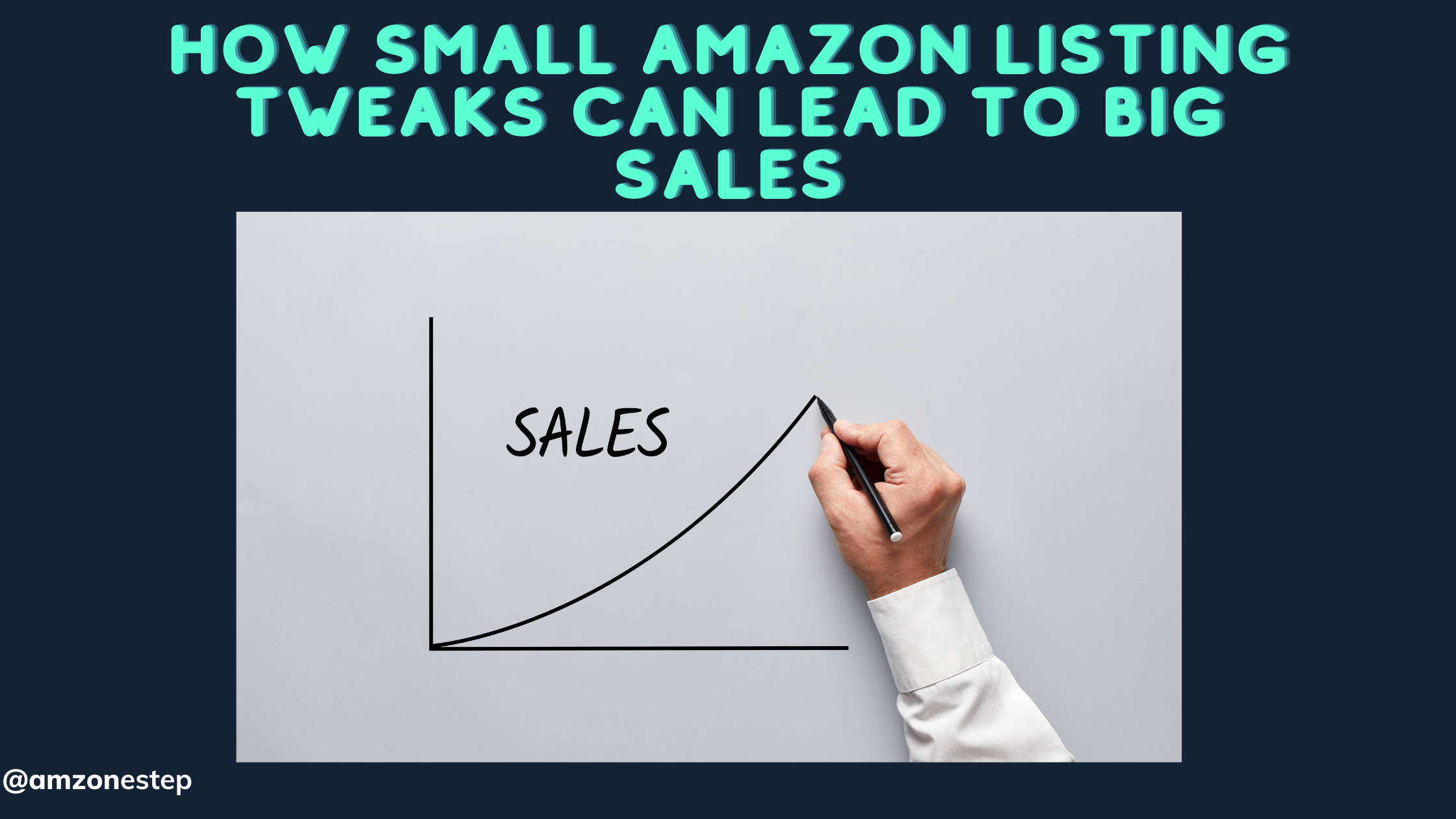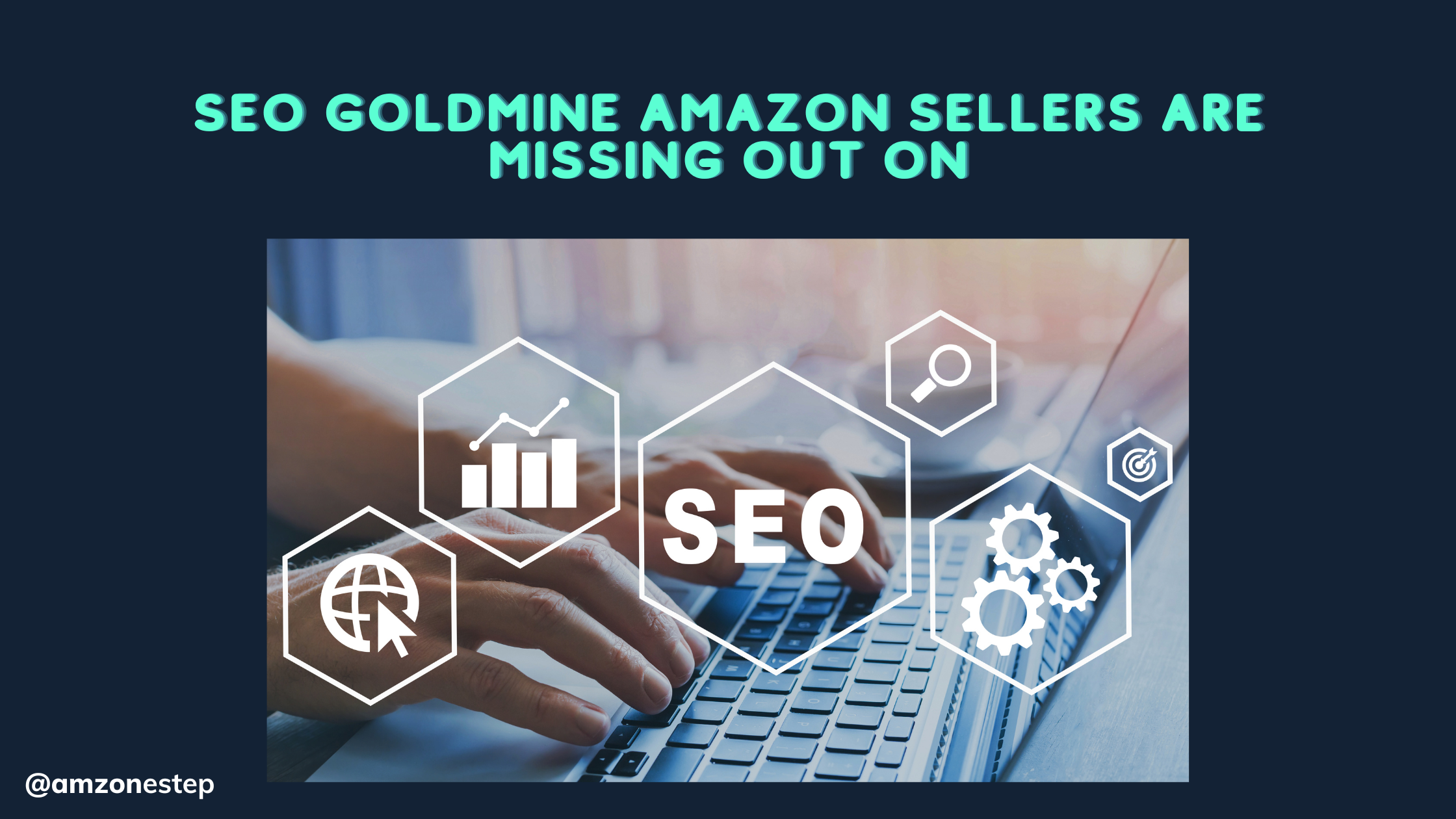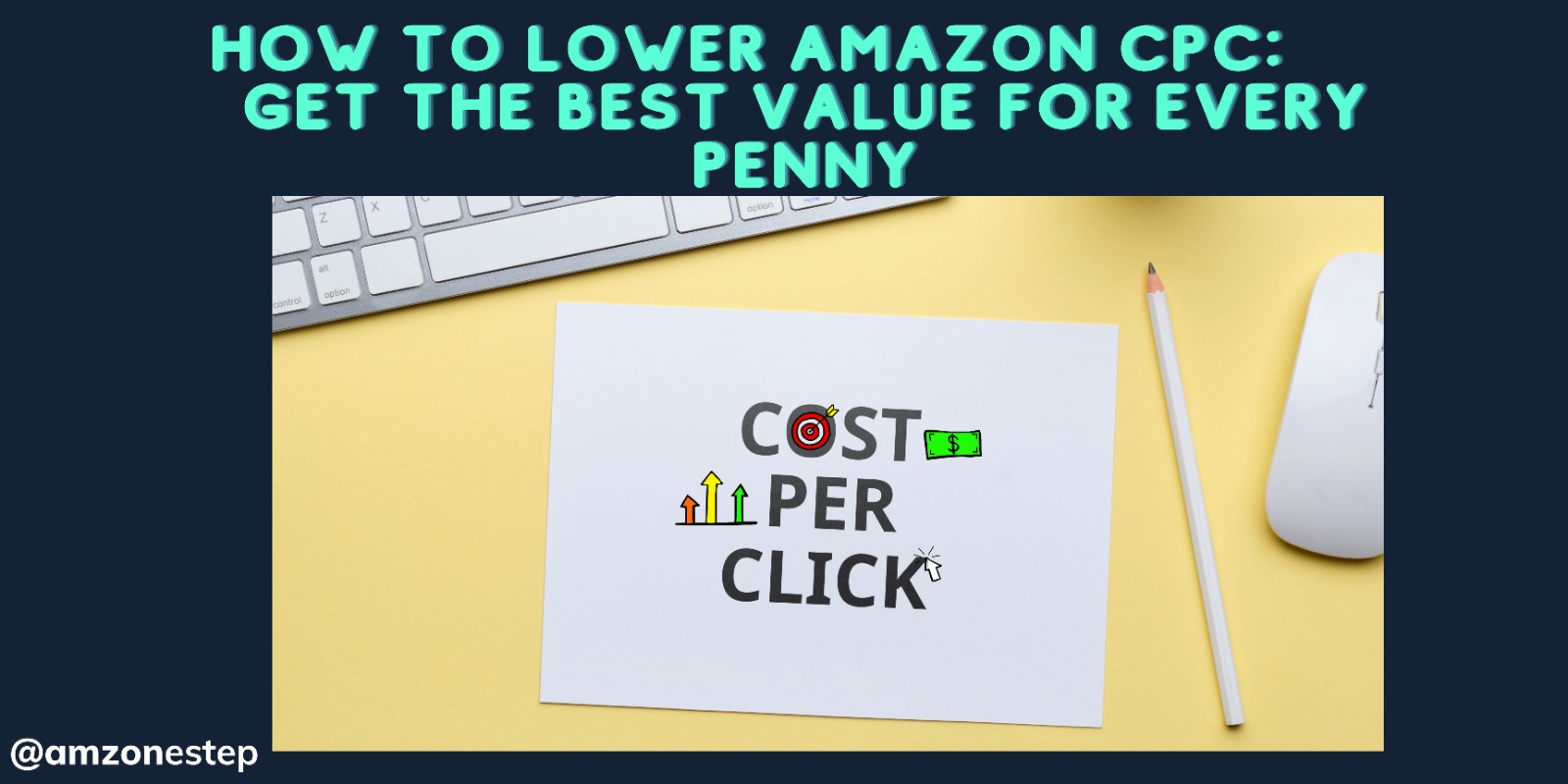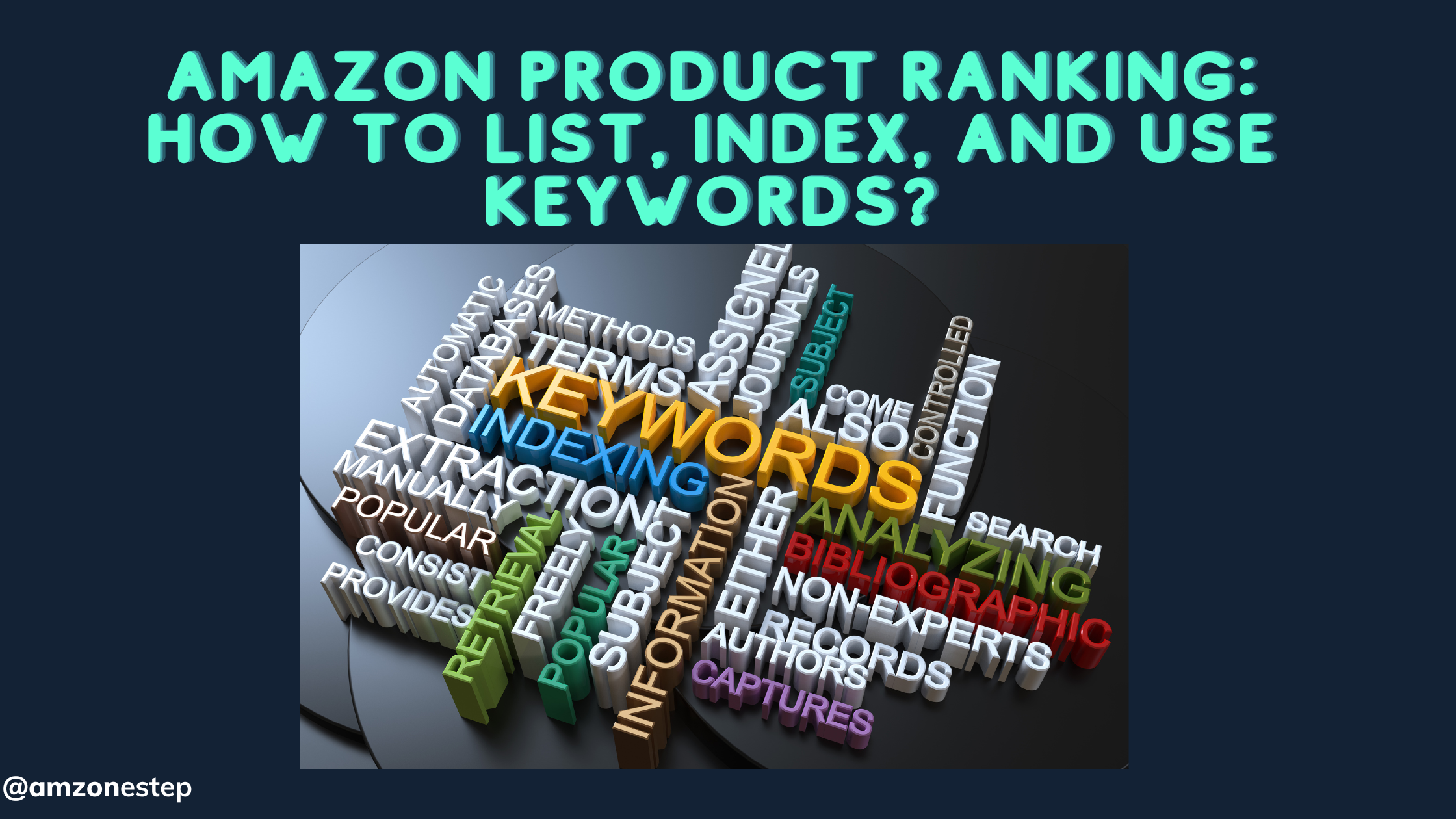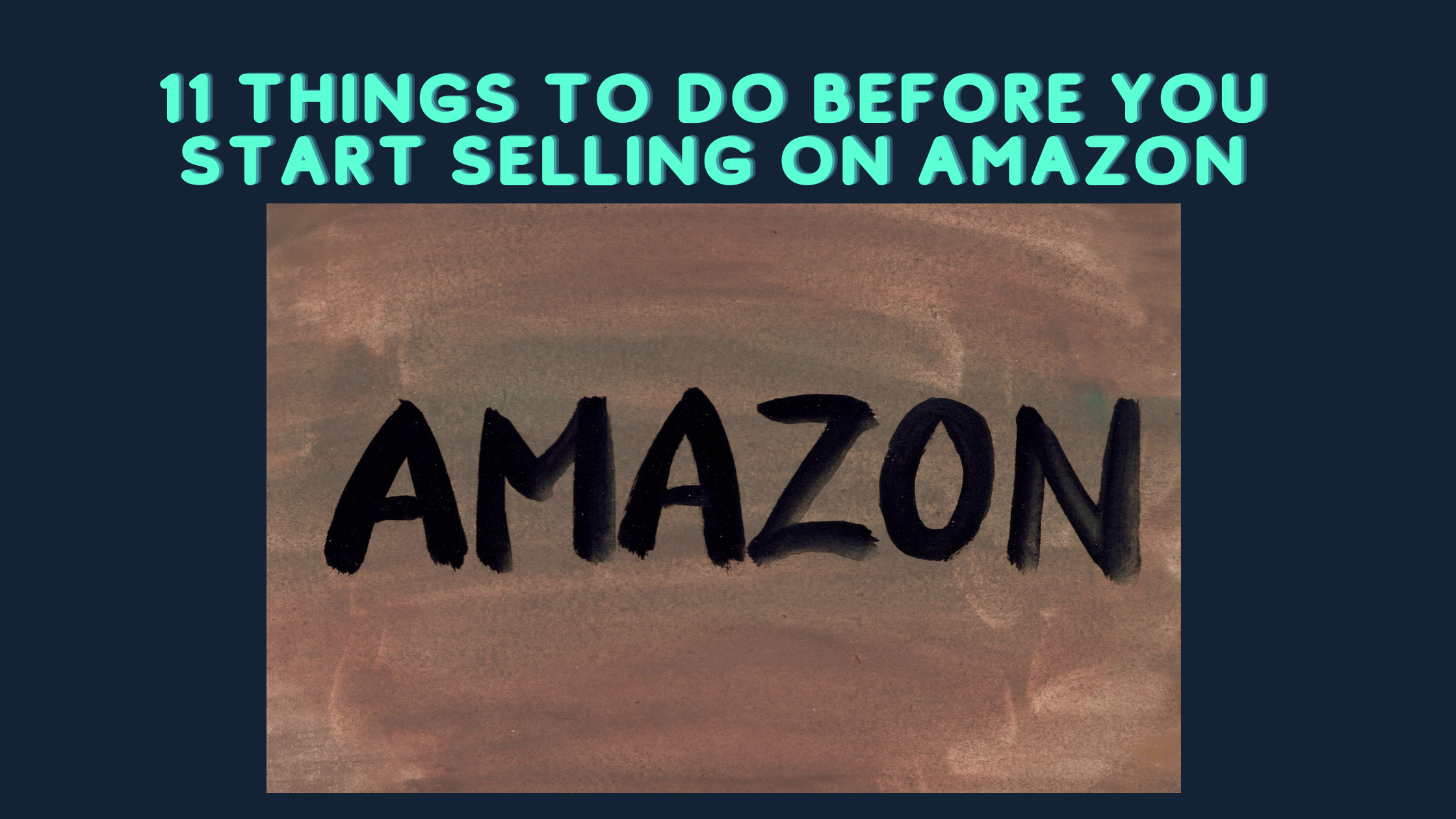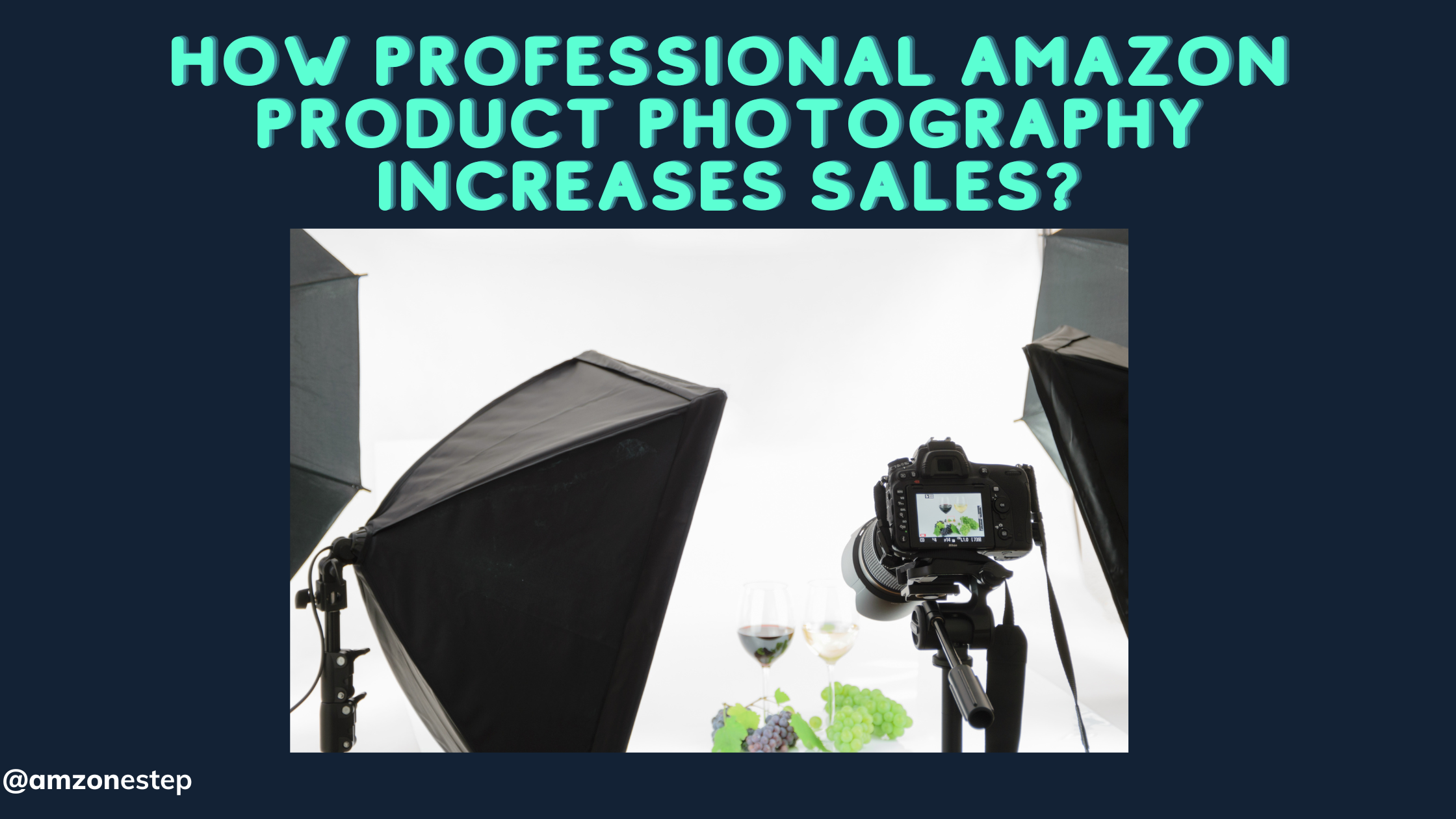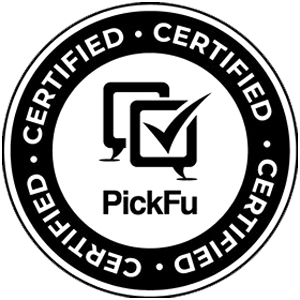
So you’ve heard of what Amazon PPC is, and you’ve learned a thing or two. But if you’re not satisfied, you want to know more and take your Amazon entrepreneurship to the next level. Then it’s time to move beyond the basics and embrace advanced Amazon PPC tactics.
Let’s start by acknowledging the reality: the competition is fierce, and if you’re not using Amazon PPC ads to promote your products, you’re missing out on a huge opportunity to reach potential buyers.
But not all Amazon PPC campaigns are created equal. If you’re just starting out, you might not have the expertise to create an effective campaign that generates sales. And even if you’ve been running PPC ads for a while, you might be struggling to keep up with the ever-changing Amazon algorithm and outmaneuver your competitors.
Here, we’ll discuss with you some advanced and effective PPC advertising strategies for Amazon sellers, which you can use to put you on the highway to achieve your goal.
If you want to refresh your knowledge on the basics of Amazon PPC advertising before we move on, simply see this article.
Master Your Keywords

Before figuring out what keywords suit your campaign best, you must first know the 3 different types of keyword indexing in Amazon PPC campaigns.
- Broad Match Keywords:
Broad match keywords trigger ads when a customer searches for any variation of the keyword, including synonyms, misspellings, and related keywords. Broad-match keywords are the broadest and can reach the widest audience, but they can also lead to less relevant clicks and higher costs.
Using this type of keywords can help you discover new and relevant keywords that you may not have thought of and can increase your reach to a wider audience.
2. Exact Match Keywords:
Precisely as the title says, exact match keywords trigger ads when a customer searches for the exact keyword phrase or a close variation of it. So if you use the keyword “red running shoes,” your ad will only show up when a customer searches for that exact phrase. Exact match keywords are highly targeted and can help you maximize your ROI.
Its high relevance and precision in targeting customers tremendously help in bringing in higher conversion rates with lower advertising costs.
3. Phrase Match Keywords
Phrase match keywords trigger ads when a customer searches for the exact keyword phrase or a variation of it that includes additional words before or after the phrase.
For example, if you use the phrase match keyword “red running shoes,” your ad may show up when a customer searches for “best red running shoes” or “red running shoes for men.” Phrase-match keywords are broader than exact-match keywords but still offer some level of targeting.
It offers a balance between precision and reach, allowing for some level of targeting while still reaching a broader audience.
You can select just 1, select 2, or even all 3. It depends on your needs. But it’s generally recommended to start with a mix of match types, whether 2 or 3 to reach a wide audience while still maintaining some level of targeting and control over your budget.
Finding the Best Keywords
There are lots of ways to find valuable keywords, but for clarity and conciseness, we’ll explore only 2 in this article.
Amazon Search Bar
One of the best keyword tools you can have, it’s free for everyone and very easy to use. Here are a few steps you can take to conduct your research:
- Begin typing a keyword related to your product in the Amazon search bar.
- As you type, Amazon will suggest several related search terms that other customers have used. These suggestions are based on the popularity and relevance of the keywords.
- Take note of the suggested search terms that are most relevant to your product and consider using them as keywords in your PPC campaign.
- Repeat this process with different variations of your product and related keywords to uncover additional keyword ideas.
- Additionally, take note of the related products that appear in the search results for your chosen keywords. These products can provide insights into other keywords that are relevant to your product and audience.
Keyword Research Software
With so many to choose from, it can be hard to decide what’s right for you. But again, for conciseness purposes, we’ll stick with one, helium10.
By using Helium10’s Keyword Research tool, such as Cerebro, you can identify relevant and high-performing keywords to use in your Amazon PPC campaign, increasing your visibility and driving more sales.
For an in-depth guide on how to research the best keywords using helium10, you can refer to this article.
Utilize Negative Keywords
Negative keywords are keywords or phrases that you do not want your ads to appear for when customers search for them.
For example, let’s say you’re selling coffee mugs. You probably don’t want your ad showing up for people searching for “travel mugs” since they’re looking for a different type of mug. By adding “travel” as a negative keyword, you can make sure your ad only shows up for people who are specifically looking for coffee mugs.
Using negative keywords is important because it helps you avoid wasting money on clicks from people who aren’t likely to buy your product. By being more selective about who sees your ad, you can increase the chances of getting clicks from people who are actually interested in what you’re selling.
Determine Your Goal
There are several goals you can achieve. Besides using Amazon PPC optimization for higher conversion rates, you can also aim to boost visibility, improve brand awareness, and build loyal customers.
If you already have a goal in mind, that’s great! Keep that in mind as we later discuss what types of campaigns are there and which one is more suited to accomplish your specific goal.
Maximize Optimization
There are two things that we would like to optimize here, your product listing and the PPC campaign itself
Listing Optimization
The truth is, no matter how strong your campaign might be, it won’t mean much if the quality of your listing is lacking. A poorly presented product, whether it’s due to low-quality images, complicated titles, or subpar content, can easily turn away potential customers.
After all, why would a visitor turn into a customer if they don’t find your product worth their while?
Therefore, to turn clicks into actual sales, it’s crucial to make a lasting impression on your potential customers through a compelling product listing that showcases the true value of your product.
If you’re eager to make sure that your listing is on-point, go to this article, where we can guide you step-by-step to produce a top-quality listing.
Campaign Optimization
There are three main types of Amazon PPC campaigns; each serves a different purpose and offers unique advantages that suit different goals. Each campaign has different methods, as well as slightly different ways of effective structuring.
Let’s dive into them one by one.
- Sponsored Products
Sponsored Products ads appear in the search results and on product detail pages. These ads are designed to promote individual products and help increase sales. Sponsored Products campaigns allow you to target specific keywords and product categories, as well as control your ad spending and measure your campaign performance.
How to structure and optimize:
Group related products together based on shared keywords or themes. Within each group, create ad groups for each keyword or theme and use relevant ad copy and images. This will help you target specific search terms and improve your relevance to shoppers.
What is ideal for Increasing sales
2. Sponsored Brands
Sponsored Brands ads appear at the top of the search results and feature your brand logo, a custom headline, and up to three products. These ads are designed to increase brand awareness and drive sales for a range of products. Sponsored Brands campaigns allow you to target specific keywords and control your ad spend, as well as measure your campaign performance.
How to structure and optimize:
Create ad groups for each product or product category you want to promote. Within each ad group, use targeted keywords and create custom headlines and images that highlight your brand and products. This will help you increase brand awareness and drive sales for multiple products.
What is ideal for Boosting visibility
3. Sponsored Product Display
Sponsored Display ads appear on product detail pages, customer review pages, and other placements across Amazon. These ads are designed to retarget shoppers who have viewed your product or similar products on Amazon and to reach new audiences who may be interested in your products. Sponsored Display campaigns allow you to target specific products, audiences, and placements, as well as control your ad spending and measure your campaign performance.
How to structure and optimize:
Structure your Sponsored Display campaigns by creating ad groups for each product or product category you want to promote. Within each ad group, use targeting options such as interests, products, and audiences to reach your desired audience. Additionally, use relevant ad copy and images that encourage shoppers to click and convert.
What is ideal for Building brand awareness and loyalty
Monitor and Adjust as You Go
By now, you should at least have an idea of what your goal is, how to find the best keywords, and what PPC campaign to take. Or maybe you’ve figured out everything already. But the battle doesn’t stop there. In fact, it’s just about to begin.
Once you run your campaign, you would want to keep an eye on it closely to ensure it performs well. Here are some of the things you want to do when monitoring your PPC campaign:
- Check your campaign performance regularly: Keep an eye on your campaign performance daily or at least a few times a week. Look for metrics such as impressions, clicks, and conversions to assess how your campaign is performing.
- Monitor your ad spend: Track your ad spend and make sure you’re staying within your budget. Adjust your bids and targeting as needed to optimize your ad spend and maximize your ROI.
- Review your search terms report: Regularly review your search terms report to identify which keywords shoppers are using to find your products. Use this information to refine your keyword targeting and negative keyword list.
- Analyze your conversion rates: Analyze your conversion rates to see how well your ads are converting shoppers into customers. Adjust your ad copy, images, and targeting as needed to improve your conversion rates.
- Monitor your competitors: Keep an eye on your competitors’ ads to see how they’re positioning themselves and what strategies they’re using. Use this information to refine your own ad strategy and stay ahead of the competition.
While monitoring your campaign, you might want to switch things up and adjust your campaign for better performance. Whether it’s keyword targeting, bids and budget, ad copy and images, targeting options, or negative keywords, regularly reviewing and tweaking these areas will help you stay on top of your campaign performance and make data-driven decisions.
There’s no one-size-fits-all approach, so be open to testing and experimenting with different strategies to see what works best for your unique business needs. By staying vigilant and making adjustments as needed, you can ensure that your Amazon PPC campaign is optimized for success and driving meaningful results for your business.
Leave It to the Experts
Overall, running a successful PPC campaign takes serious dedication, effort, and calculation. So if your aim is to be as efficient and effective as possible, then it wouldn’t hurt to leave everything to the experts, right?
Our dedicated team here at AMZ OneStep is here to save you the hassle and handle everything, including analysis, split testing, monitoring, and much more. Click this link to start your discovery call with our expert.

Hi there! I’m the content marketing and branding specialist for AMZ One Step. I work hard to create engaging and informative content that helps our readers learn more about Amazon selling and how to make the most of their businesses. I love spending time with my family and exploring literary works when I’m not writing or working on projects.

